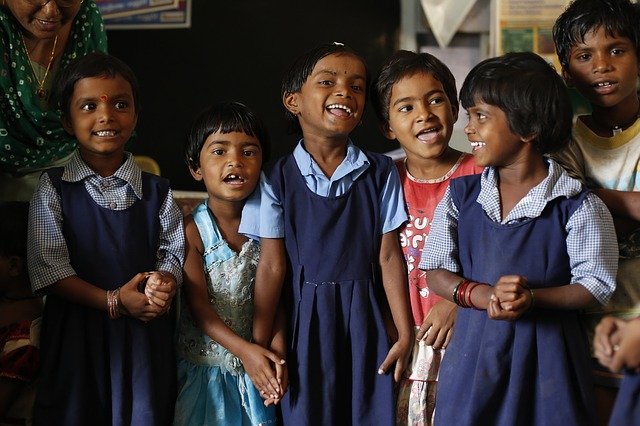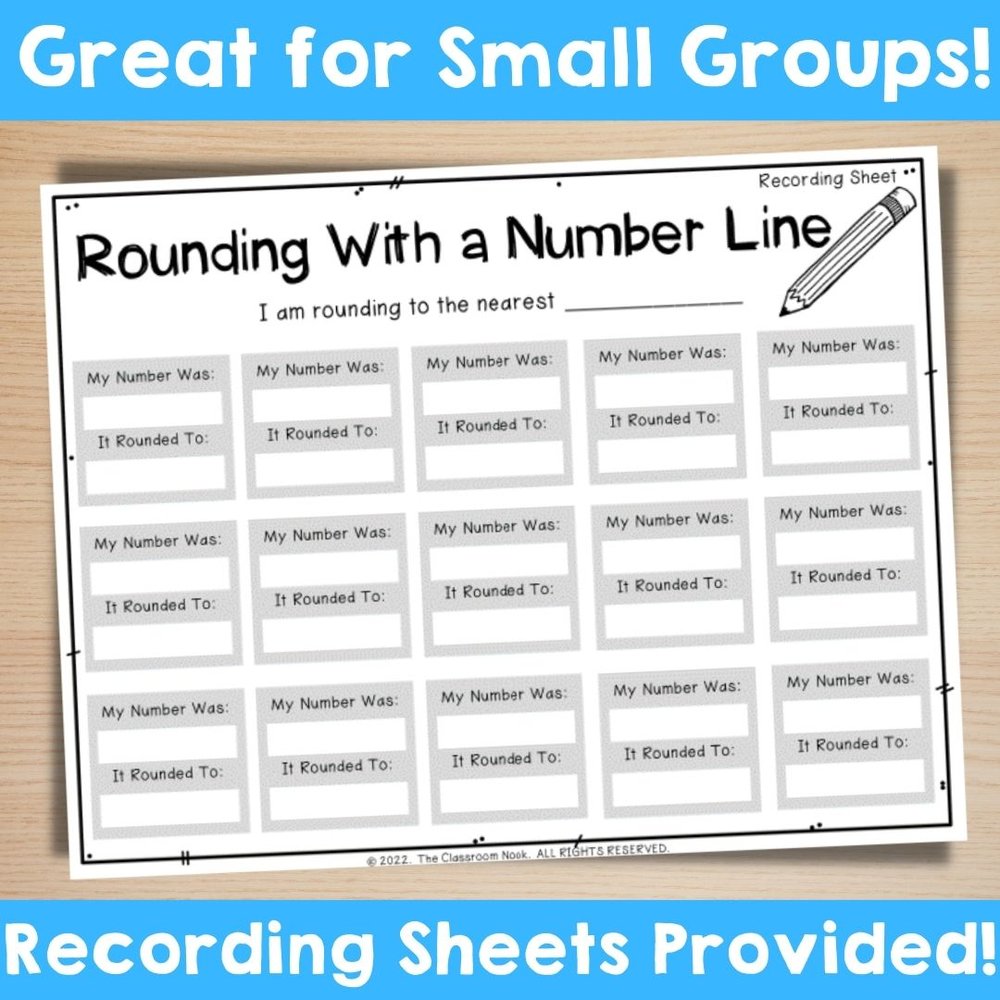
It's not a new idea that games can be used to teach. However, the current model may not be effective for all students. For example, some students might prefer to play the video game in class, while other students may prefer it to be played after class. However, it doesn't matter how you approach the game, class discussion is far more effective than playing in class. Future research may examine the impact of individual preferences and personality types on learning from gaming. These issues are addressed in this article. A case study is provided on the GIGAME.
Cognitive styles
Simulation performance was affected by cognitive styles in many ways. The two largest groups retained their cognitive style designations, while the remaining participants were placed into middle groups. The simple majority rule was used for each group. Method Three considered cognitive styles in bipolar dimensions. Opposing MBTI scores were added to create a team score. Based on this score, teams were placed in groups according to the polarity they were most similar.

The Journal of Consumer Psychology published this research. The authors of the study found that the game-based learning environment accommodates various cognitive styles. Holist learners preferred music less than those who displayed the cognitive style of Holists, and so they frequently turned it off or switched it on during the game. Learners who were able to use the game-based learning system were also more likely to learn new vocabulary. These preliminary results provide valuable insights into game-based learning.
Learning concepts that are game-based
It is essential that individuals acquire more than basic skills in today's world. Education is now more interactive than ever, with lectures and written tasks being replaced by more interactive learning. This model can be complicated to match learning objectives. This article will help you to design educational games that suit different age groups and skill levels. Additionally, this article will show you how to integrate game-based learning concepts into your classroom activities.
First, videogames have a tendency to be flow-oriented. Educators should look for strong elements like symbolic representation, manipulation and adaptive sequencing. Feedback is also important. Additionally, videogames are often used in a constructivist-learning approach. This means that they are tied to the development and application of meta-skills. Videogame-based learning can be particularly helpful in improving the learning skills of subjects not traditionally taught.
GIGAME case Study
This case study demonstrates a game interface that uses gamification to improve educational experiences. There are four main canvases. The central canvas is the main work area. Three tabs guide the learner along the case study procedure. The problem tab introduces the case and allows the learner recognize the problem. The medical emergency case study has a problem tab that contains textual and visual information.

To collect data, the first writer conducted a final interview. Interviewers reviewed the gameplay recordings and combined their natural reactions with think aloud verbalisations. The data were then analyzed using thematic analysis. Next, participants' feedback was used to analyze the game-related information and examine the learning process. The results of the study reveal that gamification plays an important role in educational design. Gamification can help students increase their motivation and improve their performance.
FAQ
How much does homeschooling cost?
Homeschooling does not require you to pay a set fee. Some families charge between $0-$20 per lesson. Others offer their services free of charge.
It takes effort and dedication to homeschooling. Parents should be able to dedicate enough time to their children.
They need to have access books, supplies, or other learning materials. To supplement their education, homeschoolers may need to use community programs and events.
Parents need to consider costs such as transportation, tutoring, and extracurricular activities.
Homeschoolers must also plan ahead to take part in field trips, vacations, or special occasions.
What does it take to be a teacher early childhood?
First you need to decide if your career path is in early childhood education. Then you will need your bachelor's degrees. Some states require that students earn a master’s degree.
You will also likely need to attend classes during the summer months. These courses will cover subjects such as curriculum development and pedagogy (the art or teaching).
Many colleges offer associate degrees which lead to teaching certificates.
Some schools offer certificates and bachelor's degrees in early education. Other schools only offer diplomas.
You may not require additional training if you are planning to teach at your own home.
What does it mean to be a teacher in early childhood education?
Special training is required for teachers in early childhood education. Most states require applicants for teaching positions to have certification from the state board before they are allowed to work in public school.
Some states require teachers pass reading and math tests.
Some states require that teachers complete a specific amount of coursework in early childhood education.
Many states have minimum requirements for teachers. These requirements can differ from one state to another.
How long do I need to prepare for college?
The amount of time spent preparing for college depends on how much you plan to devote to your studies. You should begin college preparation courses if you intend to go to college right away after high school. However, if you have plans to wait several years before starting college planning, then you don't necessarily need to do so until later.
Discuss your plans with your teachers and parents. They may recommend specific courses. Track the grades and courses you've taken. This will allow you to know exactly what you need for next year.
What is the main difference between schooling and college?
Schools are usually divided into classes (or grades), with a teacher who is responsible for teaching a specific class. Colleges are larger institutions that offer more specialized programs and include many university-level courses. Colleges may focus more on business and science while schools will usually only teach basic subjects. Both levels of education are designed to prepare students for higher-level study.
What is the distinction between public and private schools, you ask?
Public schools are free for all students. They provide education for students from kindergarten through highschool. Private schools charge tuition fees for each student. They offer education from preschool to college.
Charter schools can also be found, which are privately owned but are not publicly funded. Charter schools are not bound by traditional curricula. They allow students more freedom to discover what interests them.
Charter schools are a popular choice for parents who believe all children should have access and quality education regardless their financial situation.
Which factors are important when selecting a major
You should first decide whether you would rather go straight into a profession or go to college first. First, make a list about your interests and talents. You might be interested in reading, listening and watching music, or talking to people. Your talents could include singing, writing, painting, sewing, crafting, cooking, baking, cooking, woodworking and gardening. When you identify your talents and interests, you can use these to guide you in choosing a major.
You might be interested in art history and fine arts if you are looking to become an artist. Biology could appeal to you if animals are your passion. Pre-medicine and medical technology might be a good option if you want to become a doctor. Computer science or computer networking is a great career choice for someone who wants to work in computers. There are many choices. You just need to think about what you would like to do.
Statistics
- They are more likely to graduate high school (25%) and finish college (116%). (habitatbroward.org)
- Globally, in 2008, around 89% of children aged six to twelve were enrolled in primary education, and this proportion was rising. (en.wikipedia.org)
- Data from the Department of Education reveal that, among 2008 college graduates, 92.8 percent of humanities majors have voted at least once since finishing school. (bostonreview.net)
- Think of the rhetorical power of nineteenth-century abolitionist Harriet Beecher Stowe, Martin Luther King, Jr., or Occupy Wall Street activists with their rallying cry of “we are the 99 percent.” (bostonreview.net)
- Among STEM majors, that number is 83.5 percent. (bostonreview.net)
External Links
How To
Why homeschool?
There are many factors that you need to consider when deciding whether or not to homeschool.
-
What type of education do you want for your child? Are you looking to develop social skills or academic excellence?
-
How involved would you like to be in the education of your child? Are you more interested in being kept informed about your child's progress? Or would you rather let him/her make decisions on his/her own?
-
Is your child a special needs child? What can you do to help your child with special needs?
-
Are you able to manage the schedule of your child? Can you make a commitment to your child's education at home every day of the week?
-
What types of subjects will you cover? Math, science, language arts, art, music, history, geography, etc. ?
-
How much money can you afford to educate your child?
-
Is your child able to go to school?
-
Your child will need a place to live. You need to locate a suitable space that is large enough for a classroom as well as adequate facilities, such as bathrooms or kitchens.
-
What is the age of your child?
-
When does your child go back to sleep?
-
When does he/she get up?
-
What is the time it takes to get from point A and point B?
-
What distance is your child from school?
-
What is the distance between your home and your child's school?
-
How do you get your child to school?
-
What are some of these benefits?
-
What are the drawbacks?
-
Who will supervise your child when he/she is outside?
-
What are your expectations?
-
What discipline type will you use?
-
What curriculum will you use?
There are many reasons that people homeschool their children. Some of these reasons are:
-
Your child has learning difficulties that prevent him/her to attend traditional schools.
-
You wish to offer an alternative education to your child.
-
You desire more flexibility in scheduling.
-
Avoid high tuition fees
-
You feel your child is getting a better education than you could in a traditional school.
-
You believe that you can teach your child more than the teacher at a traditional school.
-
You don't love the way the school system operates.
-
You are uncomfortable with the rules and regulations in the school system.
-
Your child should have a strong work ethic.
-
You want the freedom to choose which courses your child takes.
-
Your child deserves individual attention.
Some other benefits of homeschooling include:
-
There is no need to worry about uniforms, books, pencils, paper, or supplies.
-
Your child can be educated according to their interests.
-
Homeschooling allows parents to spend time with their children.
-
Students who are homeschooled tend to learn more quickly than peers because they don't have to be distracted by their peers.
-
Homeschoolers are more likely to score higher on standardized testing.
-
Families who homeschool tend to be happier in general.
-
Homeschool students are less likely not to drop out.